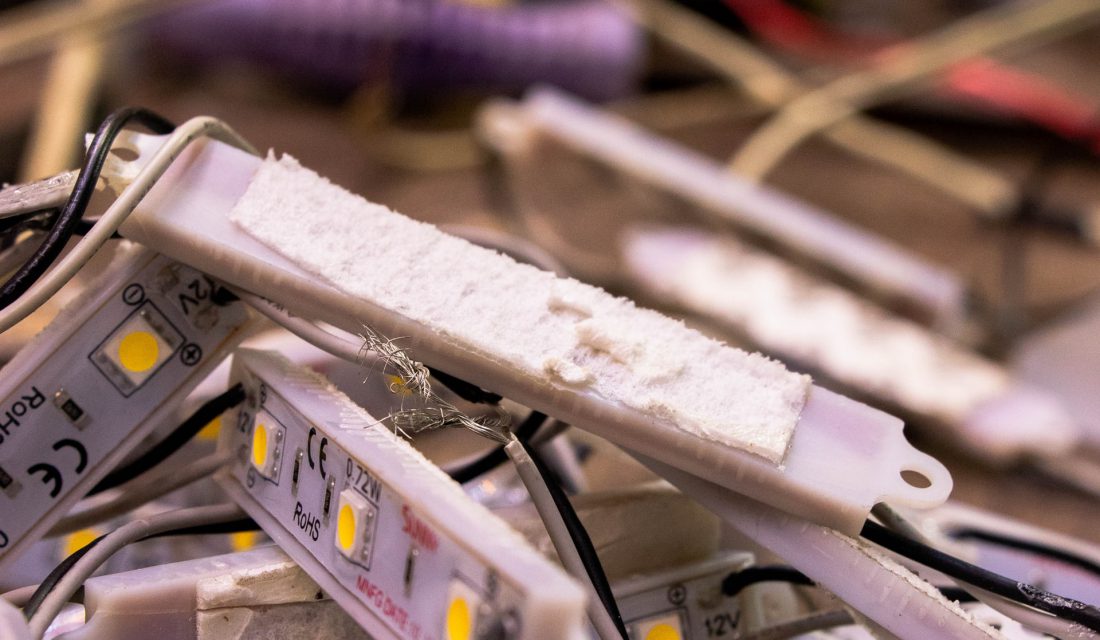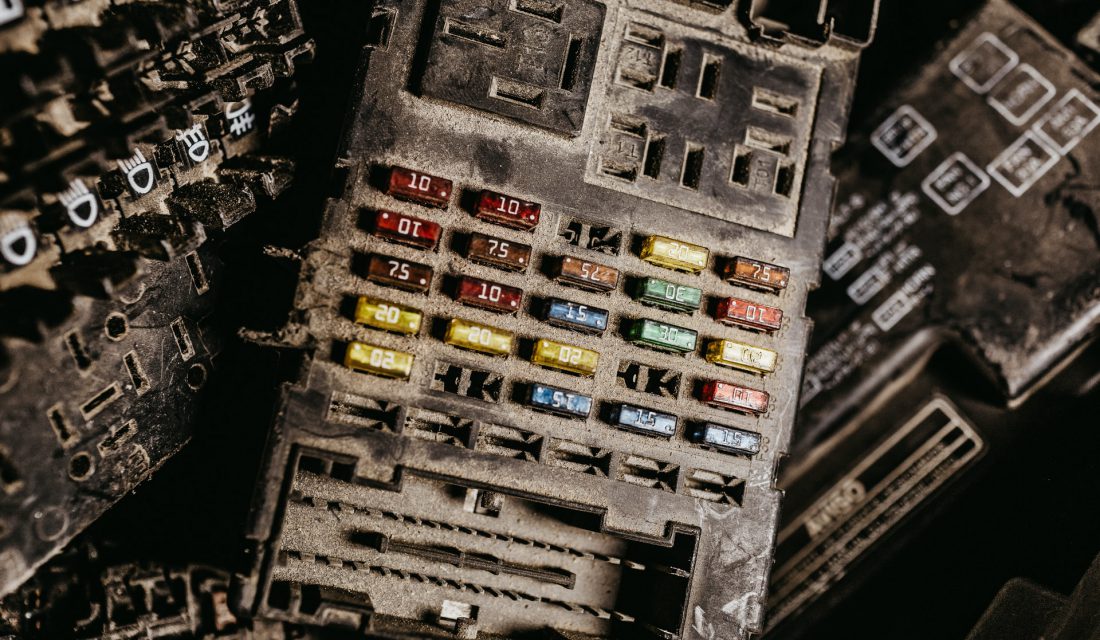Electronics fall into the category of “Things You May Not Recycle but Should.”
The birth of new technologies in computing, communication and other fields cuts short the life of gadgets. Whether it’s planned obsolescence, repairability issues, or the latest trends, computers, cellphones, and other consumer electronics quickly come and go.
Recycling electronic waste is crucial amid its increasing growth. According to Global E-Waste Monitor 2020, the world generated 53.6 million metric tons of e-waste in 2019. The number is predicted to climb to 74 million metric tons by 2030.

Why Is Recycling E-Waste Necessary?
1. To Properly Handle Toxic Chemicals
E-waste contains hazardous chemicals or substances that have been released into the environment when crude recycling methods are employed, such as burning, to recover copper and the like.
Examples of chemicals found in e-waste:
- Americium
- Cadmium
- Lead
- Mercury
- Sulfur
- Brominated flame retardants
- Beryllium oxide
- Polyvinyl chloride
Ideally, products with plugs and batteries should be formally recycled in a specialized facility equipped with machines to sort, recover valuable materials, and manage hazardous substances. The disposal mechanisms must also align with health and safety standards.
2. To Protect Privacy
Discarding your laptop anywhere can put your privacy at risk. Your device can still contain personal and sensitive information unless you employ rigorous media sanitization methods.
Data destruction is a critical matter in e-waste recycling. It is recommended that you send your old or obsolete technology to certified recyclers. They adhere to strict regulations regarding data destruction before anything is done to the devices.
Turning over your electronic devices to legitimate organizations instead of tossing them in the trash is always a safer option.

3. To Help in Global Recycling Efforts
The same Global E-Waste Monitor report disclosed that only 17.4 per cent of the total 2019 e-waste was formally collected and properly recycled. The bulk (or 82.6 percent) was marked as undocumented, with some believed to be exported as second-hand products or discarded into waste bins.
One key takeaway from the report is that the global recycling rate has not kept up with the e-waste growth. The Plenipotentiary Conference of the International Telecommunication Union (ITU), which is a part of the collaborative effort behind the Global E-Waste Monitor, increased the target recycling rate to 30 per cent by 2023.
E-waste holds metals, which if recycled properly, can be used as raw materials, and reusing them can result in carbon emission savings. There is a mine inside the computer hardware.
4. To Provide Value to Others
Your old laptop can still be of use to others. If it’s still functional, you can donate it to schools, charitable organizations and local communities. The same can be said for printers, tablets and monitors.
With minor repairs, used computers and devices can be resold at a lower price. For companies, selling their excess or unwanted IT assets to relevant businesses helps them recycle and recover value.
Second-hand devices also provide value to their new users or buyers, as well as gains an extension of their useful life. Reusing electronics is effectively reducing waste in the landfill.
E-waste highlights challenges and opportunities. Everyone is encouraged to take part in resolving the growing problem by recycling mindfully and properly.
Participate in collection events, donation drives and recycling programs from product manufacturers. Those are just some actions you can take to help the recycling movement.





1 comment
Thanks for the tips to recycle products with plugs and batteries in a specialized facility. I think a ton of people overlook this and think they can just throw a computer in the trash. I hope they come to realize this mistake and instead recycle it in the proper place.